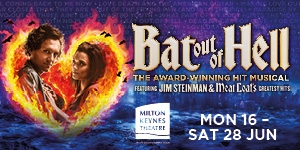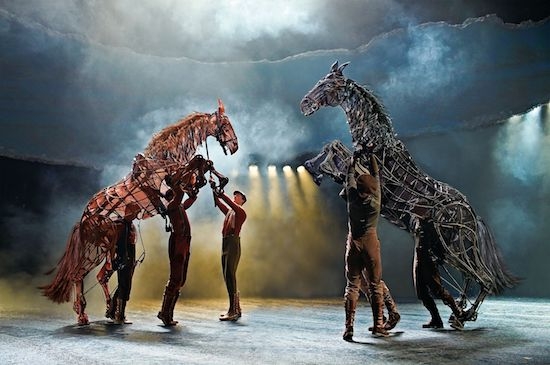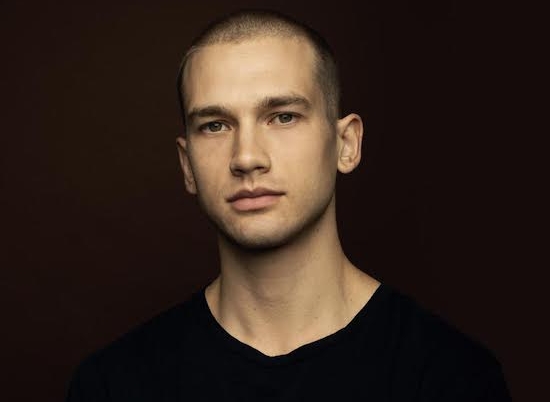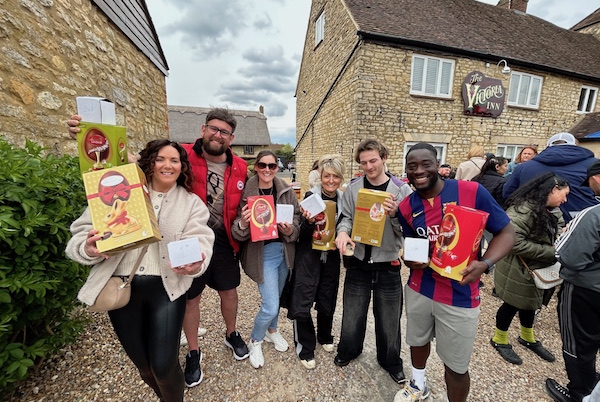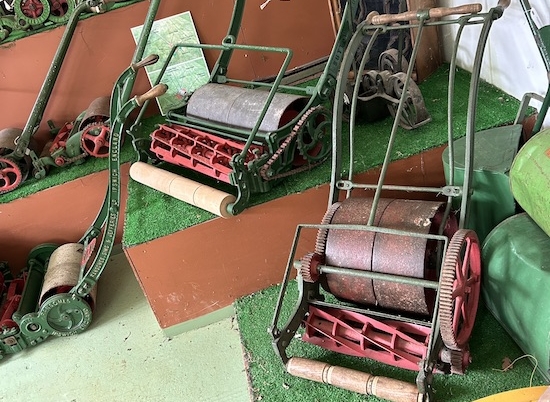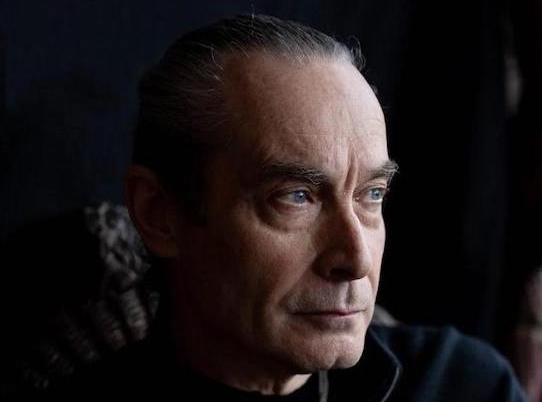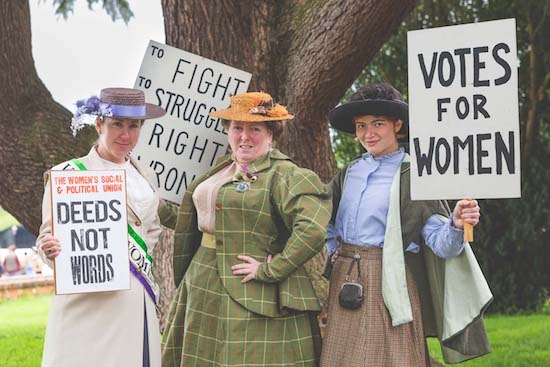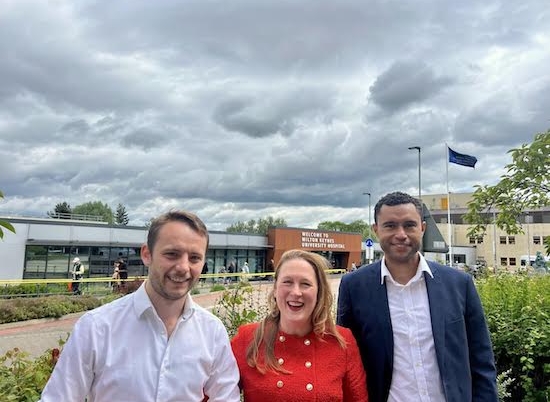The reality of life working as a Codebreaker is being explored for the first time in a revealing new exhibition that has opened at Bletchley Park. Research by the museum has uncovered that shifts at the World War Two site were so stressful and gruelling that the authorities took the decision to provide social activities and medical treatments to keep staff happy and healthy.
Measures taken by the Government Code & Cypher School ranged from providing ultraviolet light treatment to staff working on night shifts, to organising social activities including a visit from Ballet Rambert.
Researchers have used surviving wartime documents, letters, diaries and Veterans’ memories recorded through its Oral History programme to piece together what people did when they were off duty, giving a first insight into what it was really like to work at the top-secret intelligence base.
“As soon as visitors come into the exhibition they hear Veterans talking about what working life was like during the war,” says Erica Munro, Exhibitions Manager at Bletchley Park.
“The first of the two exhibition galleries focuses on the welfare of the staff. Audio clips for visitors to listen to describe long hours, stuffy offices, bright lights and wartime stress. By understanding how important recreation was to staff, we can actually find out more about the pressure and the conditions of Bletchley Park’s wartime work. The ‘Off Duty’ exhibition doesn’t just look at the way that people spent their free time, but how the authorities supported those activities. Recreation meant more than just fun and games, it was about people’s health and wellbeing.”
The second gallery looks at the popular pastimes that were set up by the Bletchley Park Recreational Club and enjoyed by many staff. Opened in October 1940, and financially supported by subscriptions from senior officers, it had attracted 5,000 members by 1944, all taking part in activities including music, drama, sport and dance, from Scottish reels to a beer hut. One of the societies within it was the Bletchley Park Drama Group, which put on frequent plays including Jane Austen’s Pride and Prejudice – with the role of Mr Darcy performed by Olivia Newton-John’s father, Brin, who worked in Hut 3 and Block F.
Dr David Kenyon, Research Historian at Bletchley Park, says: “The rec club had the support at the right levels to keep it going and had sympathetic people in the high echelons. It certainly helped some people to put up with what was mostly a very dull and very hard job. The fact that nearly half the workforce joined showed that it had something to offer for a substantial proportion of the people who worked here.”
On display for the first time is a Bletchley Park Home Guard territory map, which has been loaned to the museum by GCHQ and shows cycle and foot patrol routes. It is displayed alongside the wartime diary of Foreign Office civilian David Gaunt, an active member of the Home Guard, who described the night ops on 2 December 1941 as ‘rather a shambles’.
Wartime secrecy means there are very few photographs of conditions at the time, so the exhibition features specially commissioned artwork by illustrator Alex Leigh Whitworth, which is based on research from Veterans’ memories and archival documents. Exhibits include original programmes, diaries and uniforms – with replica hats for visitors to try on themselves.
For visitor information go to the website here



